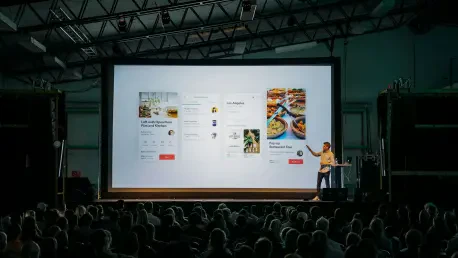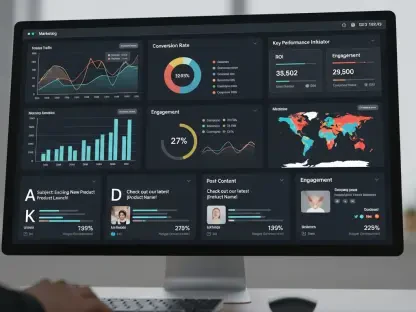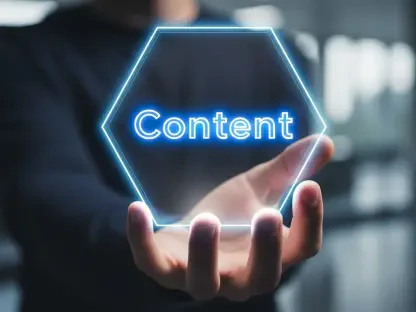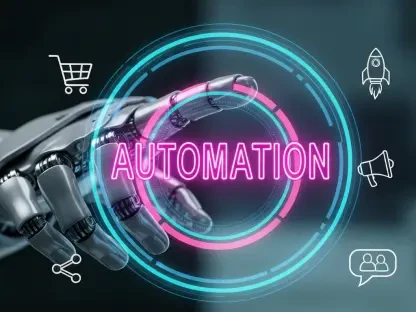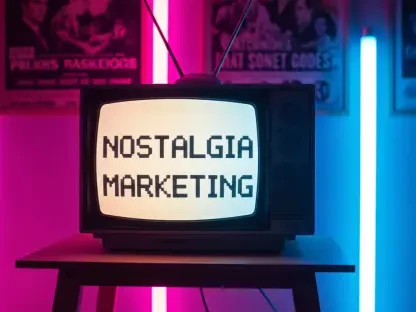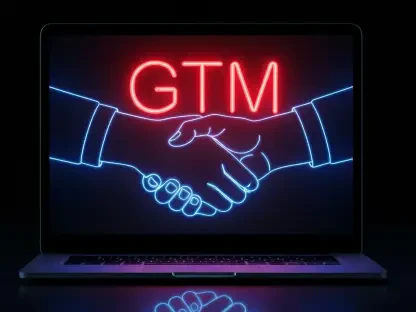Listen to the Article
In today’s digital-first B2B landscape, events, whether they are virtual, hybrid, or in-person, remain among the most effective ways to generate leads and drive demand. Thanks to increasingly sophisticated platforms, running high-impact seminars has never been easier. But ease of execution doesn’t guarantee results. To turn attendees into qualified leads, event strategies must align with broader marketing and sales goals.
This guide examines why forums will continue to be a core part of the B2B lead generation process and how to create a plan that generates measurable success.
How Events Bridge Lead and Demand Generation
Lead and demand generation are both essential elements of B2B marketing:
Lead generation involves collecting contact details from potential buyers, enabling the sales team to start meaningful conversations.
Demand generation creates awareness and develops interest in a product or service through content, advertisements, and campaigns.
Workshops create a strong overlap between the two. A well-executed session generates interest, captures valuable leads, and positions your brand as a trusted solution provider.
Why Events Give Leads That Realize Profits
1. Add a Human Touch to your Brand
Attending live events, particularly those with engaging speakers, creates an experience that blogs and advertisements could not produce because it is a real-time interaction. Visitors can ask questions, interact directly with your team, and build a stronger connection to your brand. A personal touch, whether you can recreate it in actual or virtual environments, establishes long-term trust and credibility.
2. Perform Virtual Event Analytics
These systems now support comprehensive tracking of attendee behavior, including what sessions they attend, how much time they watch, and how much time they participate in polls and questions. This behavioral data helps prioritize leads based on their level of interest and engagement.
3. Foster Organic Buzz to Increase Reach
A seminar that goes well can result in word of mouth, particularly when it has an interesting agenda or speakers. Encourage attendees to share key takeaways on social media, and consider inviting industry influencers or popular bloggers to help amplify your message.
4. Merge Hybrid and Virtual Formats
In hybrid and virtual environments, location or venue limitations are no longer an issue. Attendees can be drawn from all geographies and industries. Recorded sessions can also be reused as on-demand content, stretching the value of your forum far beyond the live date.
What Makes Events Successful at Converting
Delivering a successful event requires careful planning to ensure it meets your business objectives. Here are some of the principles behind the strategies:
Tie Business Goals to Your Event
Begin with the event’s core objective: brand awareness, pipeline acceleration, product education, or direct lead capture. Then, select a form that will help achieve this objective. For example, your ideal decision-makers may be key accounts, so rather than a big booth at a big trade show, a focused webinar or executive roundtable could be more effective.
Cross-team Collaboration
Integration of sales and marketing is essential. Collaborate to create target personas, assemble an attendee list, and create customized content that will appeal to high-value prospects. Use historical attendee participation data to optimize targeting strategy.
Focus on the Attendees’ Value
Executives do not have time, and they will not appear when you are making a generic sales pitch. Make your event targeted to their needs, be it a knowledge base, networking, or solving a particular pain point. Inviting thought leaders or current customers as speakers can add credibility and the perception of value.
Follow Up Every Time
It is not goodbye when the final session takes place. Send individual thank-you emails, highlight reels, links to more resources, and polls to collect feedback. Then start with lead nurturing with the help of segmentation, email campaigns, retargeting, or personal outreach, depending on the degree of engagement.
10 Go-To Methods to Get The Most out of B2B Event Lead Generation
Consider the following implementation strategies to increase the outcomes of your 2025 B2B event:
1. Make the Registration Process Optimal
The registration procedure should be mobile-friendly and simple to register. Keep forms short and user-friendly, and ensure the registration experience consistently reflects your brand. To determine the performance of the channels, add a question about how participants heard about this event.
2. Use Deminars to Highlight Product Value
Demonstration webinars, also known as deminars, are a powerful method of demonstrating how your product can solve real problems. They incorporate learning and direct communication and are more dynamic than pre-existing videos.
3. Add Live Q&A and polls
The interactive features raise the audience’s engagement and give meaningful input on what attendees need, which can help facilitate lead scoring and follow-ups.
4. Harness Influencers and Partners
Consider co-hosting forums or speaking sessions with industry influencers or satisfied customers who have a strong following. You can expand your networks through their connections, and ride the wave of boosted credibility.
5. Boost Outreach Before the Event
Timely outreach can significantly increase attendance among your ideal buyers.
6. Extend the Use of Workshop Content
Record the sessions and convert them into gated infographics or blog posts. This increases ROI, creating further demand many months after the occasion.
7. Add Targeted CTAs to Every Session
Whether your visitors/attendees/prospects are signing up for a demo, downloading a resource, or trying a trial, show the next step during or at the end of a session.
8. Segment Attendees to Use in Post-Event Campaigns
Engagement can be segmented through the use of behavioral data. You can respond to leads based on interest, do sales outreach to interested leads, or set them to a nurturing sequence.
9. Provide On-Demand Access
Provide registrants with access to recorded sessions to increase interest in the event after it is over. This also creates an opportunity for your team to follow up with those who didn’t attend the live session.
10. Track and optimize
Track metrics such as attendance rate, session drop-off, poll participation, and conversion rates. Apply this information to improve your next performance and align with buyer intent.
Become a Growth Engine in 2025
Events are one of the best forms B2B companies can use to develop relations, prove value, and initiate sales discussions. However, a webinar platform is not enough to have maximum impact. You should align forum design, content, sales enablement, and follow-up in a tightly integrated experience.
A successful workshop will allow you to showcase your brand, meet decision-makers face to face, and build relationships that drive conversions. By aligning your event strategy with marketing and sales goals, focusing on delivering value to attendees, and creating a robust follow-up strategy, you can make your seminars into regular lead-generation engines. The next time you organize a session, apply these proven tactics to maximize your event’s reach and ensure your efforts deliver tangible business results.
